How to introduce a puppy to your kids, by expert trainer Ben Randall
Ben Randall, a dad as well as one of Britain's top dog trainers, shares his expertise on how to welcome a puppy in to your young family.


Getting a puppy is a big step, a long-term commitment and a source of huge joy. But it can be nerve-wracking integrating your new dog into the family, especially if you have young children.
As well as being an award-winning dog trainer I'm also a dad, so this week's letter struck a chord: it's come from a pair of parents who are about to expand their young family with a furry companion.
Dear Ben, We have two children, aged 5 and 7, and are about to get a labrador puppy. It's the first time we've owned a dog and we're really conscious of making sure the new arrival gets on with our son and daughter. Can you help? — D.S., via email
As well as living through this situation myself, I've also helped people through it countless times. As well as honing my Beggarbush training methods and running our kennels, we also breed puppies — and in fact, I've just bred a litter of labrador puppies who have, in the last few days, headed off to their new homes. Everything I told them I can share with you now.

How to bring a puppy in to a young family
1. Start your family's training when you decide to get a dog, not when it arrives
A family picks up a new puppy up with barely any preparation; the parents do their best to train the dog in and around a busy life; the kids immediately throw themselves in to playing with the new arrival, throwing balls for it to chase all around the house and playing tug of war; and mealtime and bedtimes alike are chaos, until everybody collapses, exhausted, at the end of the day.
It's a story I've heard so many times, invariably from owners who are at their wits' end. If your experience of a new dog goes this way, you'll make everything twice as hard and more often than not end up with a puppy that cries at night, or a dog who nips, or one which barks at everything and everyone. You'll almost always need the advice of a professional to come in and undo the dog's undesirable behaviours.
It needn't be this way. If the whole family starts their training before the puppy arrives, you'll all be ready when it comes. Those new owners who I've just given their gorgeous puppies to signed up to my Gundog Training app (this link will give you a free trial) and read my collection of articles for Country Life which gave them the opportunity to start to learn and teach themselves as a family in plenty of time. They sat down with their kids, watched a load of the videos, read the advice, and were already building an understanding of what’s required of them, and the puppy, even before day one.
2. Set a short list of basic commands to start train your puppy
You and the kids all need to be on the same page, so popping a list of commands on the fridge — or by the dog food, or anywhere else that you can all see it — is a great idea. Make sure everyone in the family is singing from the same hymn sheet; you don't want the puppy trying to learn too much at once, or getting confused by different members of your family training different things at different times.
Exquisite houses, the beauty of Nature, and how to get the most from your life, straight to your inbox.
I'd suggest starting with the core things: teaching the puppy to sit, crate training your puppy and introducing the lead to your new dog — I've written about all these in-depth, so it's a good idea to follow those links and go through the advice.

3. Use mealtimes as training opportunities
I always recommend using mealtimes to train your dog, since it's an ideal opportunity to teach patience, calm, and respect. It works even better with puppies since they eat three times a day, and will almost always be keen on their food — particularly if you're getting a labrador! Mealtimes give you over 20 opportunities a week to work on core training foundations.
Stick with it and get these foundations in place and before you know it you'll be able to move on to getting your new puppy to walk to heel, learn how to play fetch and many more things that will deepen and strengthen your bond.
4. Let the kids take the lead
I find getting the children to start the training off under your supervision is a massive advantage to the long-term training of your new dog. Giving kids the responsibility for the puppy, and then watching them and your new dog develop a partnership is incredibly rewarding, both for you and the children.
I won't sugar-coat it: one of the hardest things is to teach the children, especially younger children, is what to do and what not to do around the dog. But I've found that making them feel in charge of the process makes a huge difference to the family dog.
In my experience they'll be thrilled to do this, because kids love to watch dogs do things — and once they see the training working it enthuses them so much more. If you can get the dog to sit but your child can't, there's a danger they'll get disinterested and stop enjoying the process, something that could be detrimental to both them and the puppy. But if they're the ones who can be the first to get the puppy to do something they'll become instantly engaged and really buy in to the whole process.
5. Make your dog a true family dog
Normally there’s one person in the household who’s in charge, and the dog will probably see that too. But that doesn't mean you should get in to a situation where he'll only listen to mum, or dad, or someone else in the household. If everyone buys in to the training and gets involved, the dog will understand what's expected of it, irrespective of where the command comes from.
For more detailed advice about Ben Randall’s positive, reward-based and proven BG training methods, one-to-one training sessions, residential training or five-star dog-boarding at his BGHQ in Herefordshire, telephone 01531 670960 or visit www.ledburylodgekennels.co.uk. For a free seven-day trial of the Gundog app, which costs £24.99 a month or £249.99 a year, visit www.gundog.app/trial
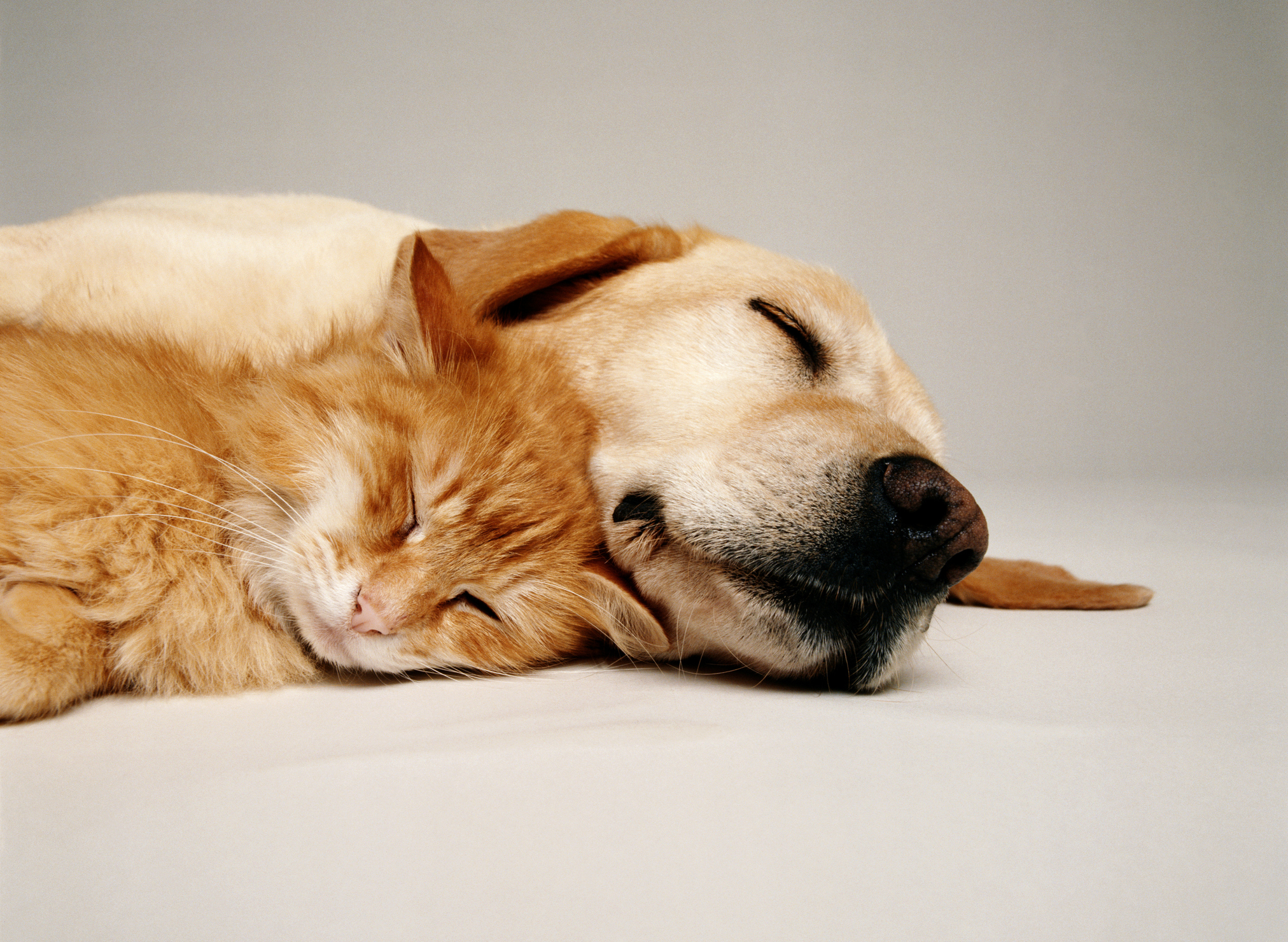
Credit: Getty
How to introduce a puppy to your cat, by expert dog trainer Ben Randall
Introducing a dog to a cat can be nerve-wracking, but get it right and the two of them can get
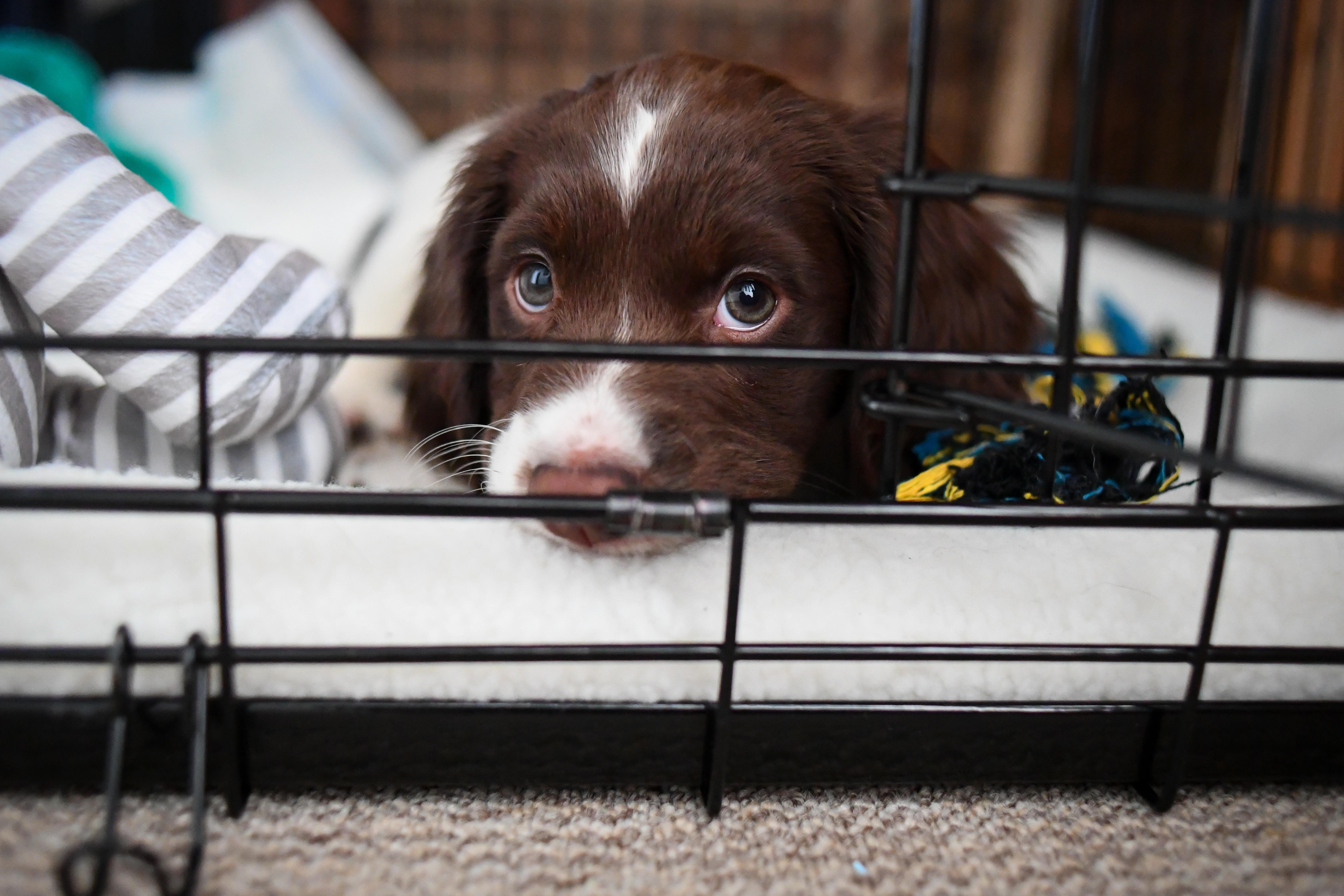
Crate training a puppy: Six tips from expert dog trainer Ben Randall
Puppy crate training can be tricky, yet it can pay dividends in all sorts of ways — even making puppy toilet
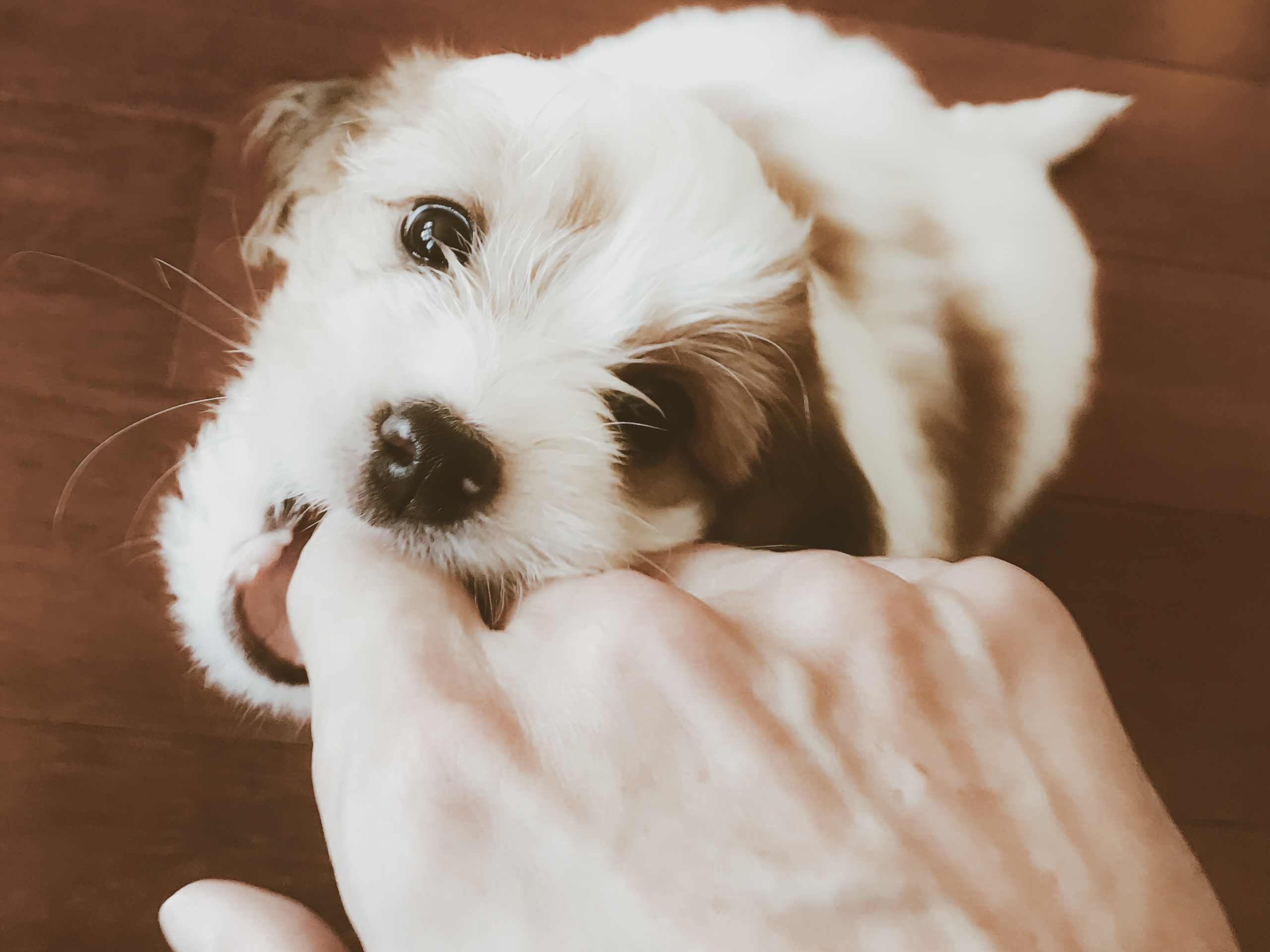
What to do if your puppy keeps biting you, by expert trainer Ben Randall
Getting a new puppy is a joy — most of the time. But it's not always easy, especially if your new

Credit: Alamy
How to stop your puppy crying at night, by dog training expert Ben Randall
The heartbreaking whimper of a puppy calling for you will tug on the heartstrings like few other things, but you
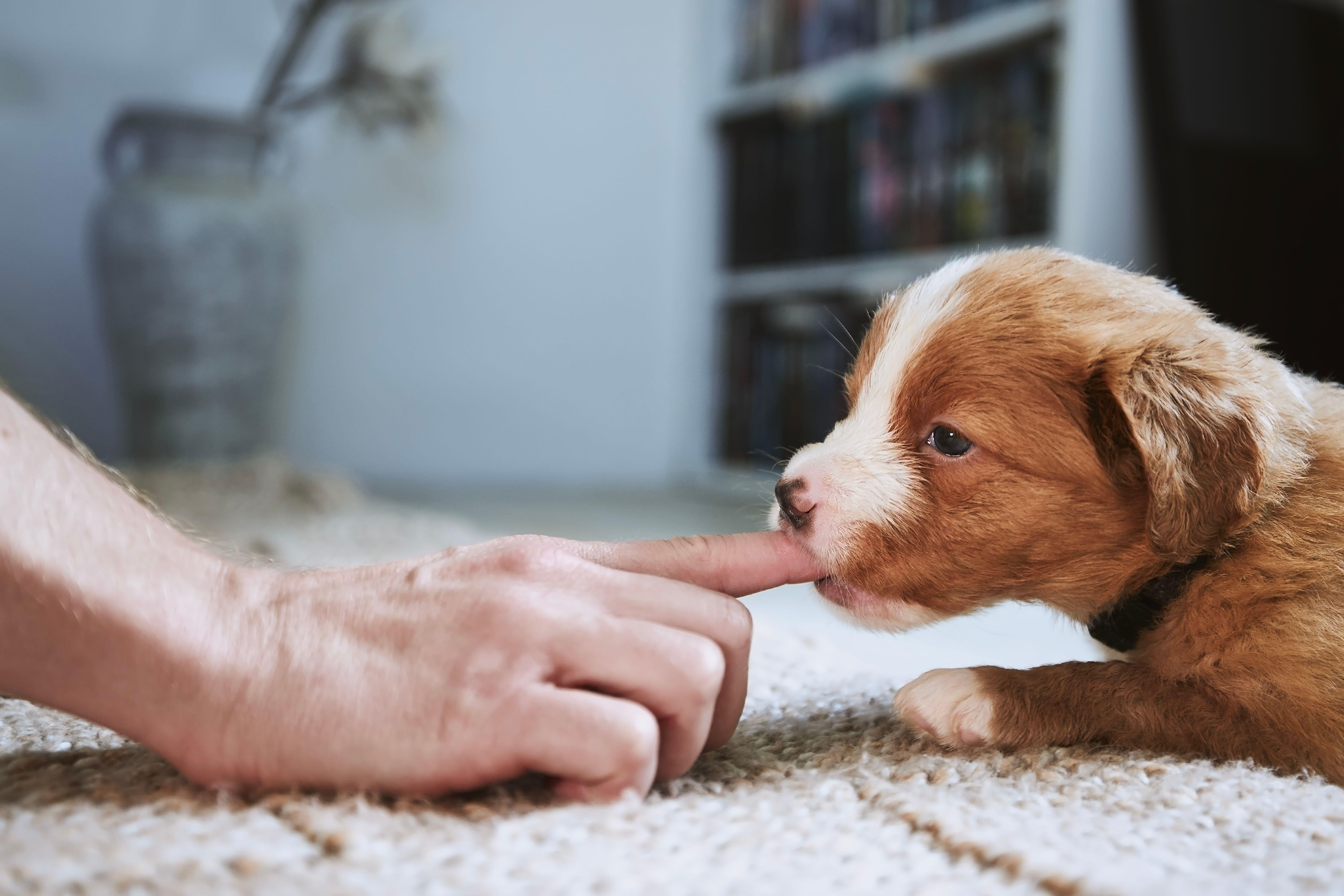
How to stop your dog or puppy from biting when it's playing: Expert advice from Ben Randall
Playful behaviour is a great way for dogs to explore the world around them and make new friends — but
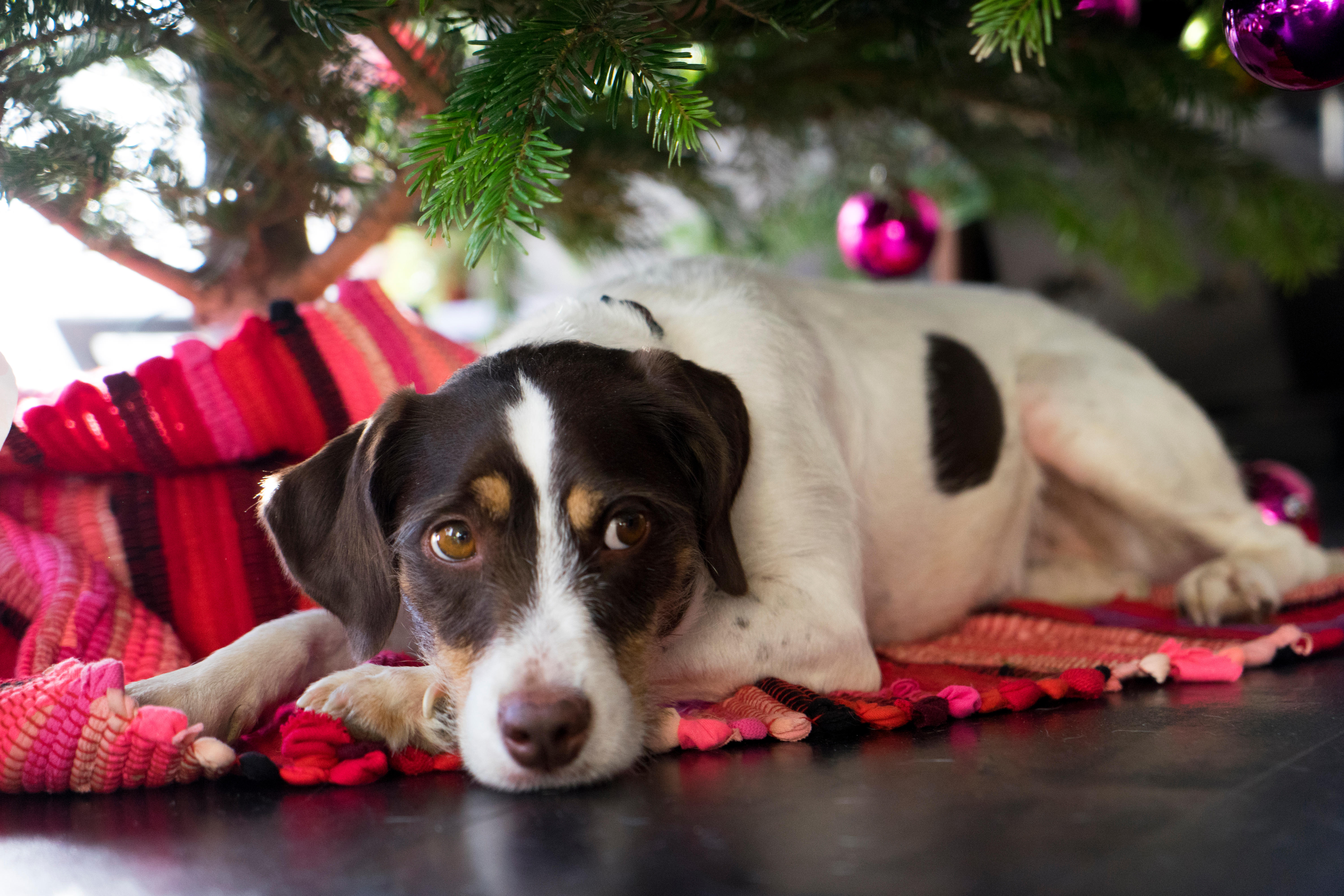
Credit: Alamy Stock Photo
'We're accidentally getting a puppy for Christmas — and we need help!' Ben Randall on helping a dog cope with Christmas
Most family homes are never more lively and raucous than they are at Christmas, but dogs don't give birth to
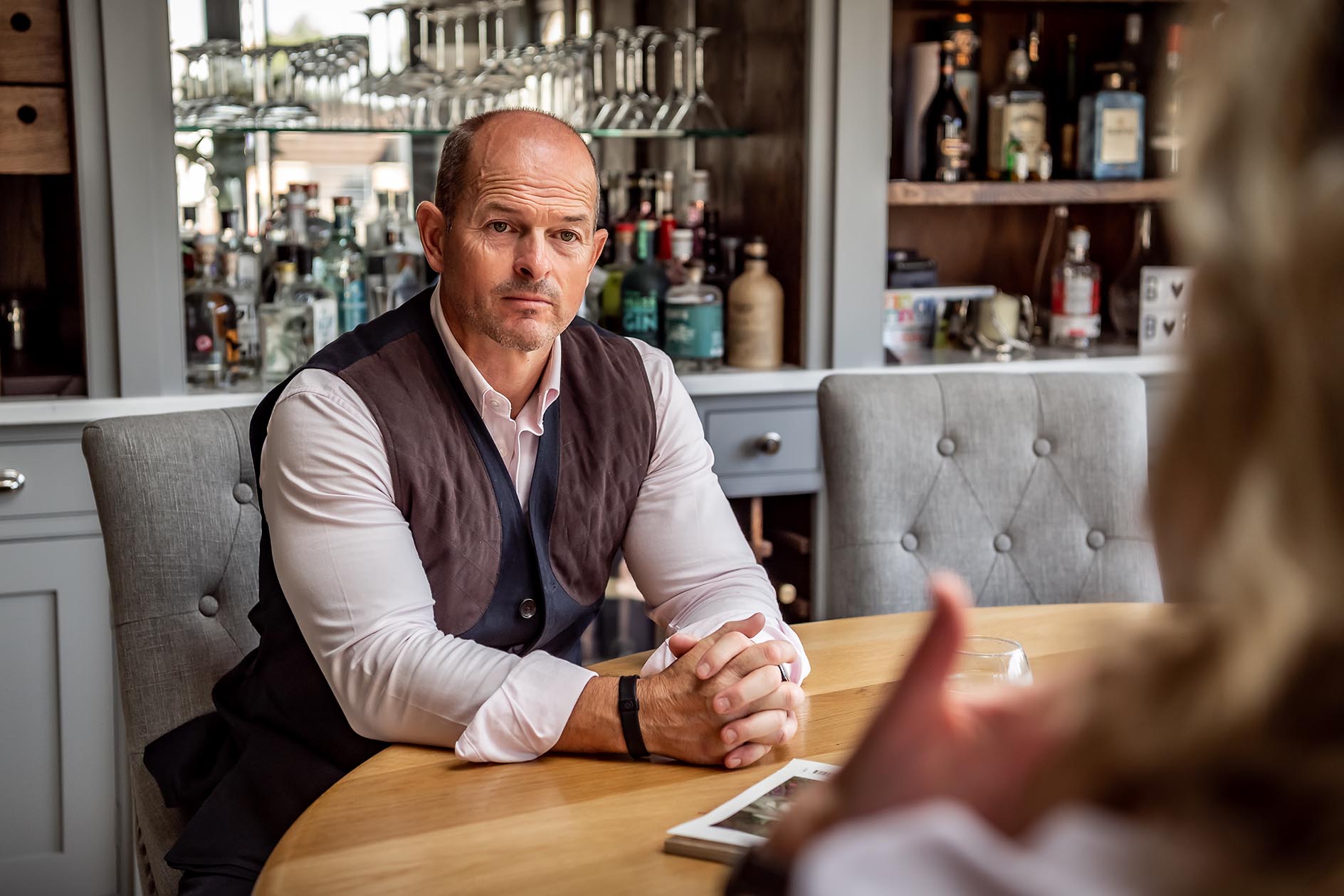
Ask Country Life's canine agony uncle a question about your dog
Over the past few months award-winning dog trainer Ben Randall has been sharing his advice to Country Life readers.
